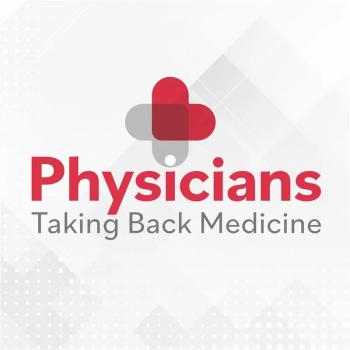
Letters to the Editor: Overutilization of mid-levels won't benefit patients or PCPs
The main problem with midlevels is that they are being used in a manner in which they are neither trained nor competent to perform.
In the May 21, 2010, issue, you asked for opinions ("From the Editor: Where will midlevels fit in?") about the potential benefits and pitfalls of greater utilization of midlevels by primary care.
The main problem with midlevels is that they are being utilized in a manner in which they are neither trained nor competent to perform. Midlevels were originally intended to be practice "extenders" by providing assistance with tasks that really did not require a physician, such as gathering information, administering vaccines, writing prescriptions, etc. For those types of duties, both nurse practitioners and physician assistants perform very well.
But currently, midlevels are frequently being used as primary care "providers," with all of the same privileges normally given solely to physicians, including consultation performance and diagnostic decision-making. Many subspecialty physicians are using midlevels to perform new consultations in both inpatient and outpatient settings. Even some hospital emergency departments are using midlevels to assess emergency department patients.
In my experience, usage of midlevels increases the cost of healthcare for patients. Anecdotally, midlevels tend to order more tests to compensate for their lack of medical knowledge. In Tennessee, midlevels are the largest prescribers of schedule II drugs. They lack a physician's diagnostic abilities, so they refer more patients to subspecialists.
Unfortunately, the inappropriate usage of midlevels as primary care providers has the potential to worsen after universal healthcare leads to larger numbers of Medicaid patients and fewer physicians willing (or able) to see them.
TERRY R. NYE, MD, FACP
Kingsport, Tennessee
Newsletter
Stay informed and empowered with Medical Economics enewsletter, delivering expert insights, financial strategies, practice management tips and technology trends — tailored for today’s physicians.








